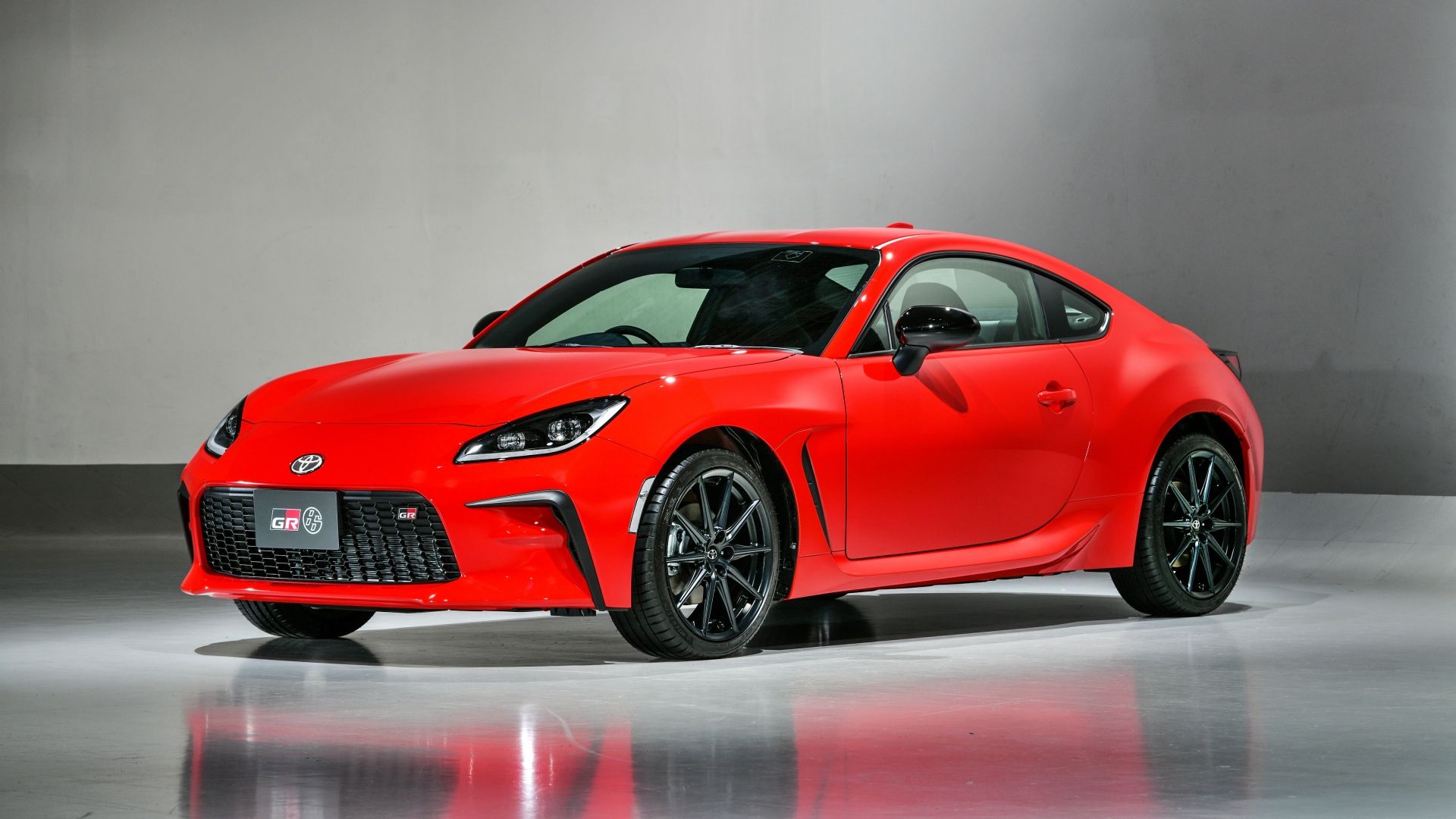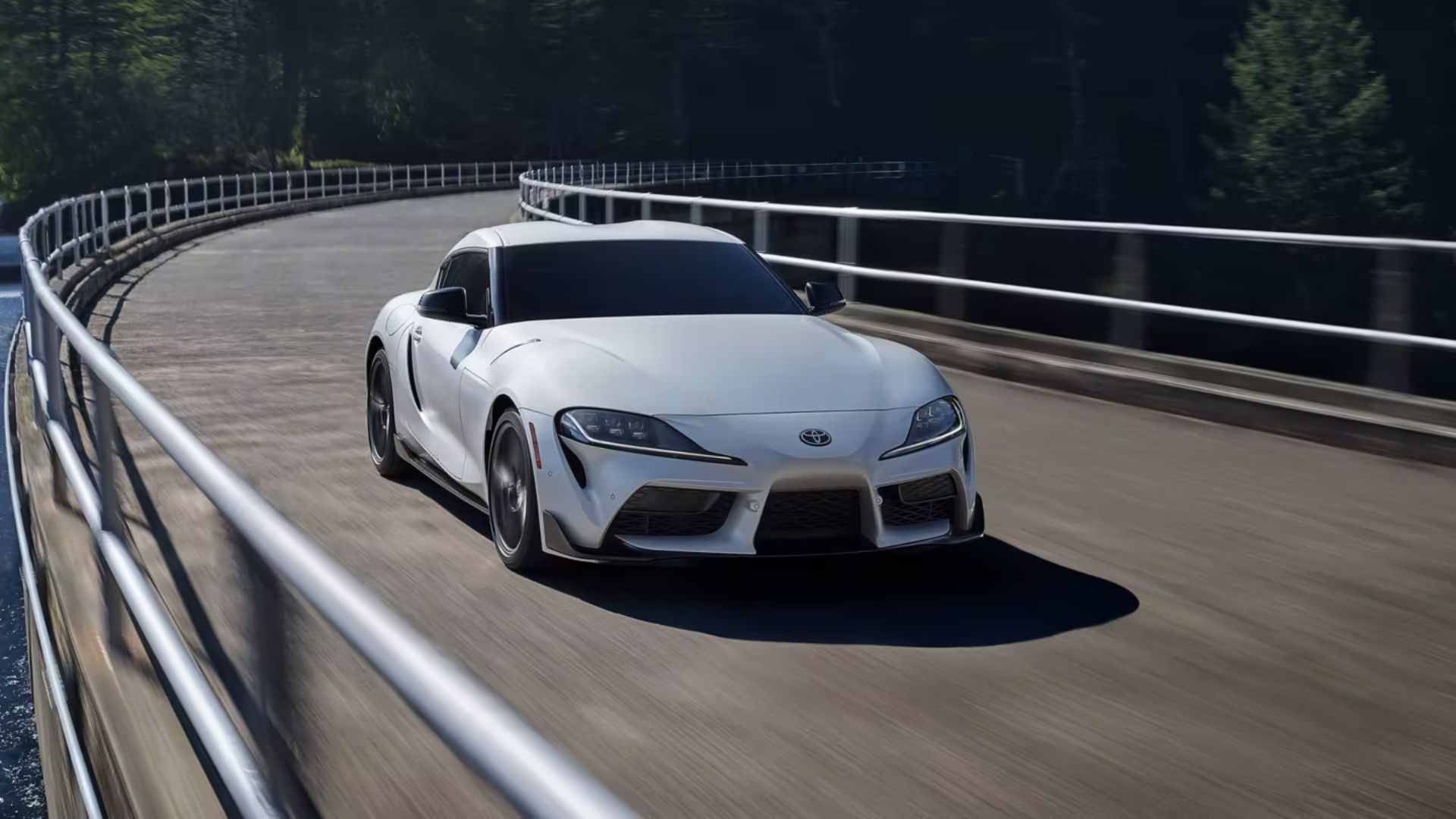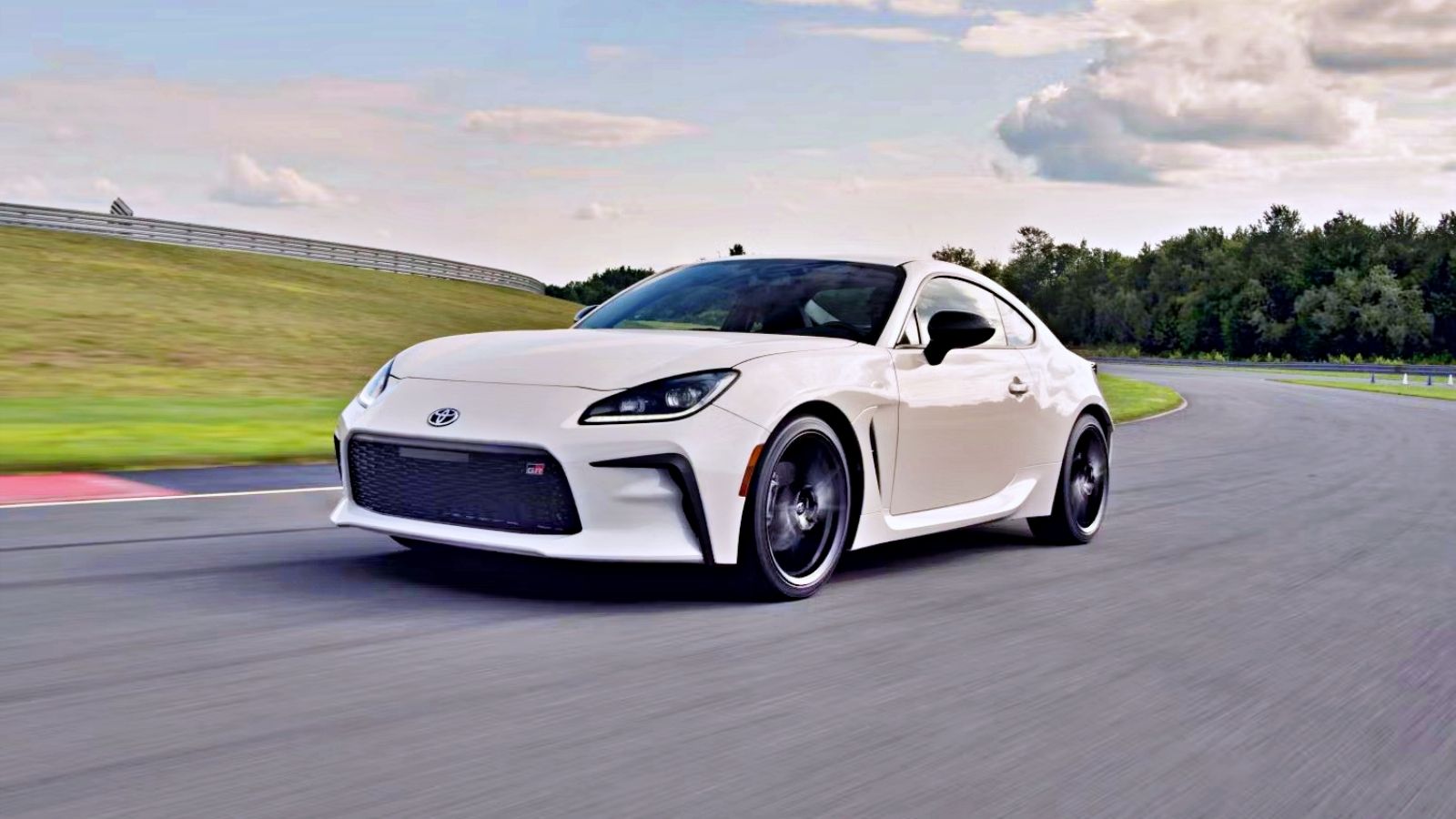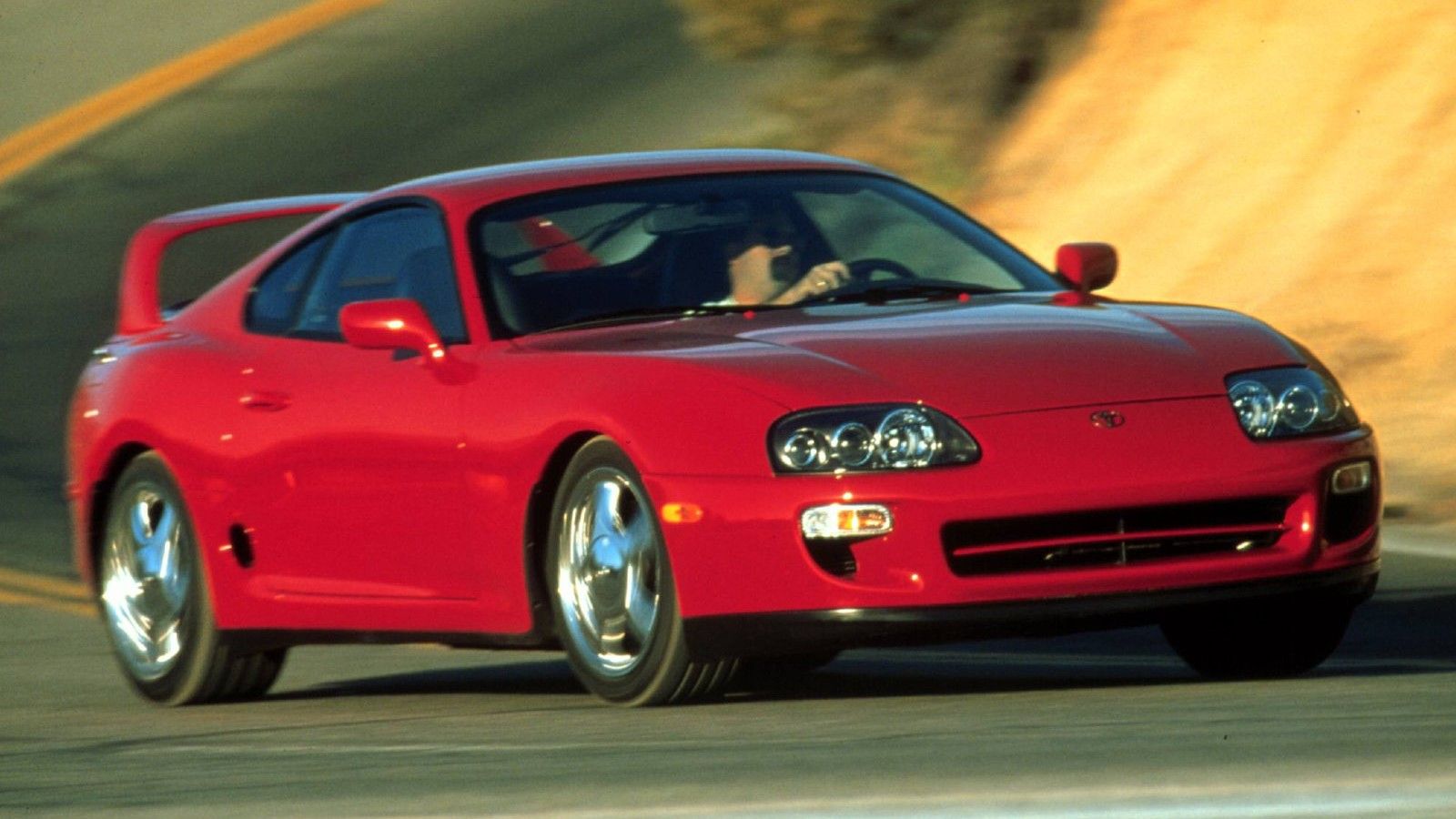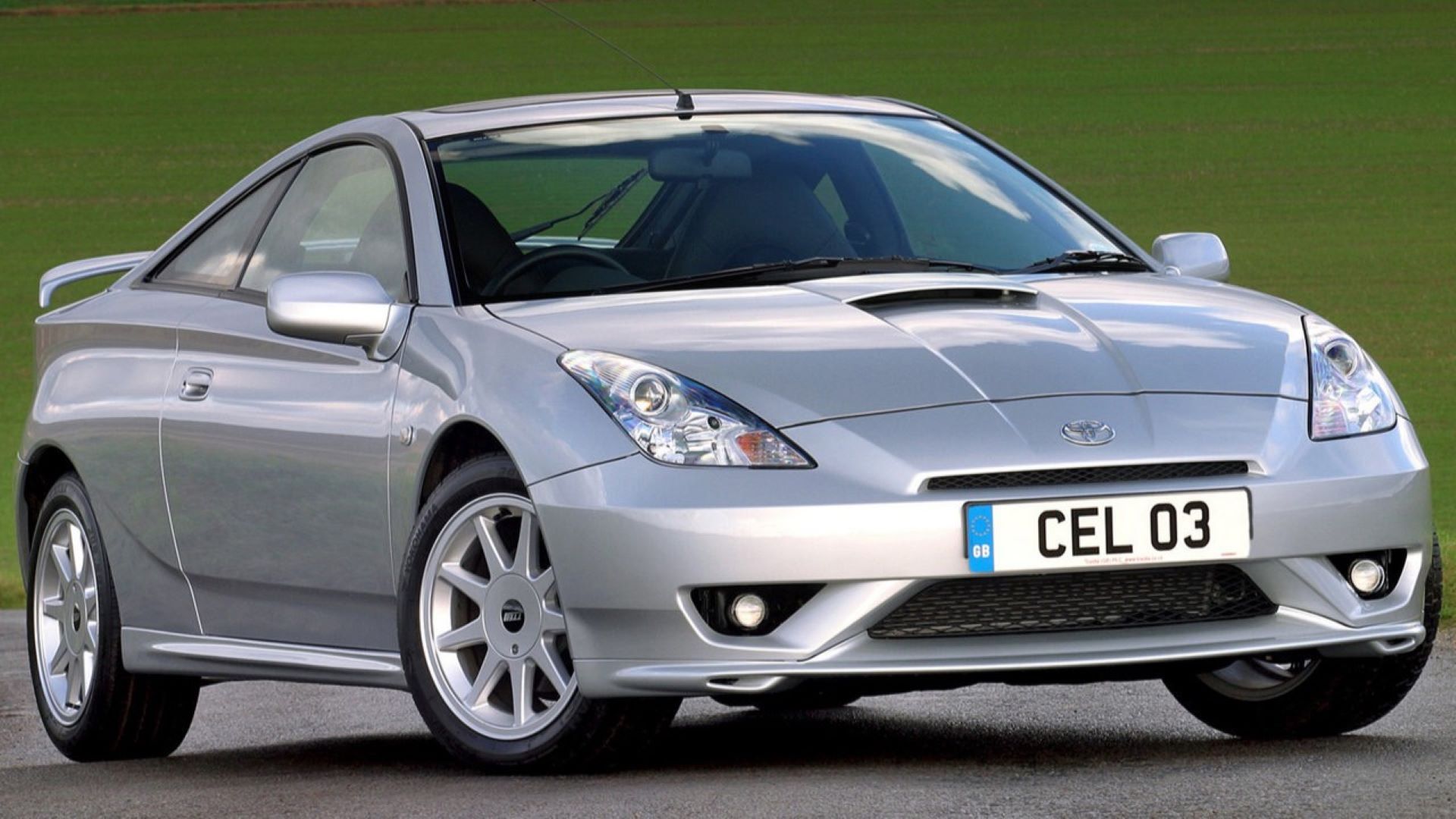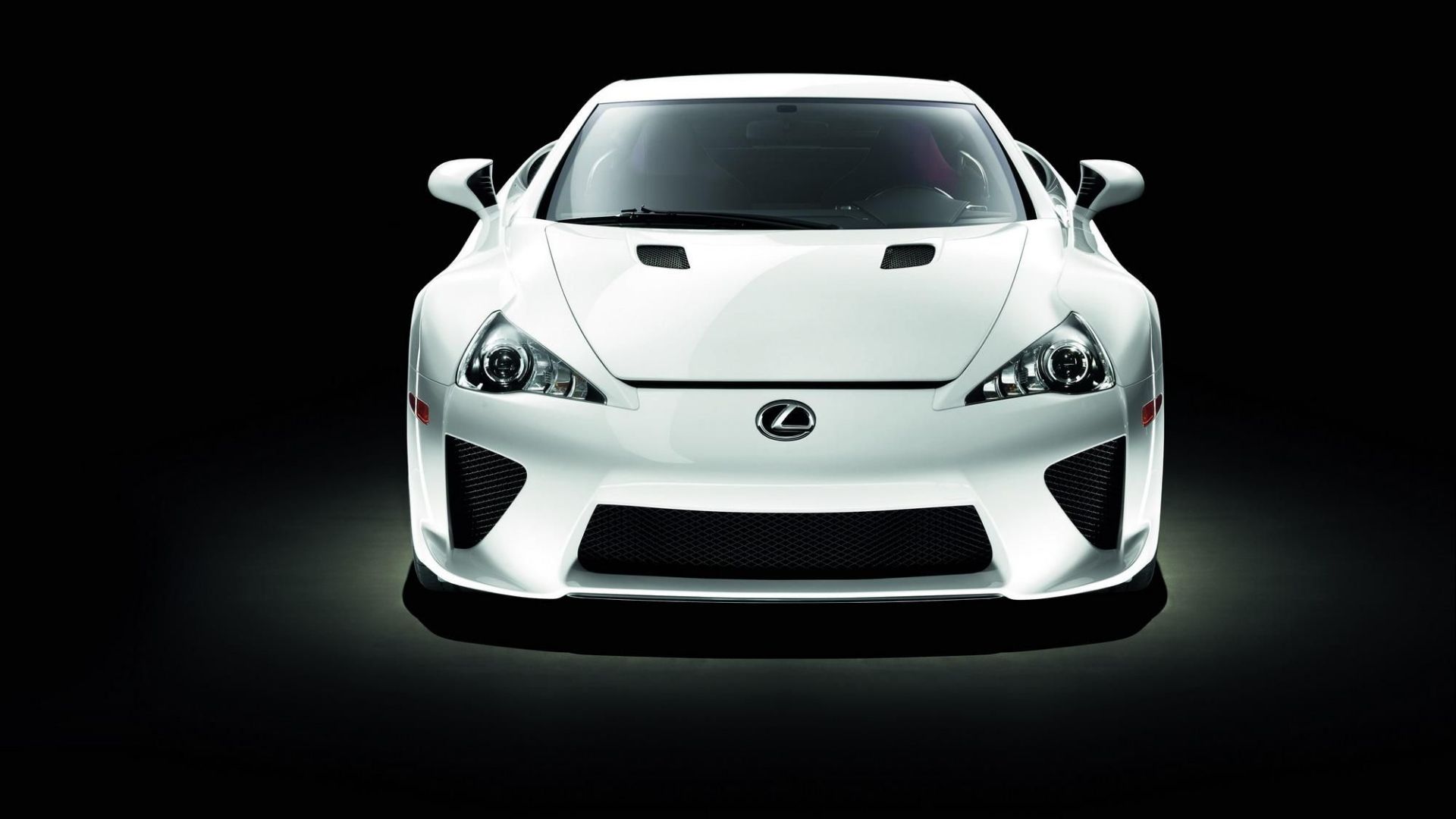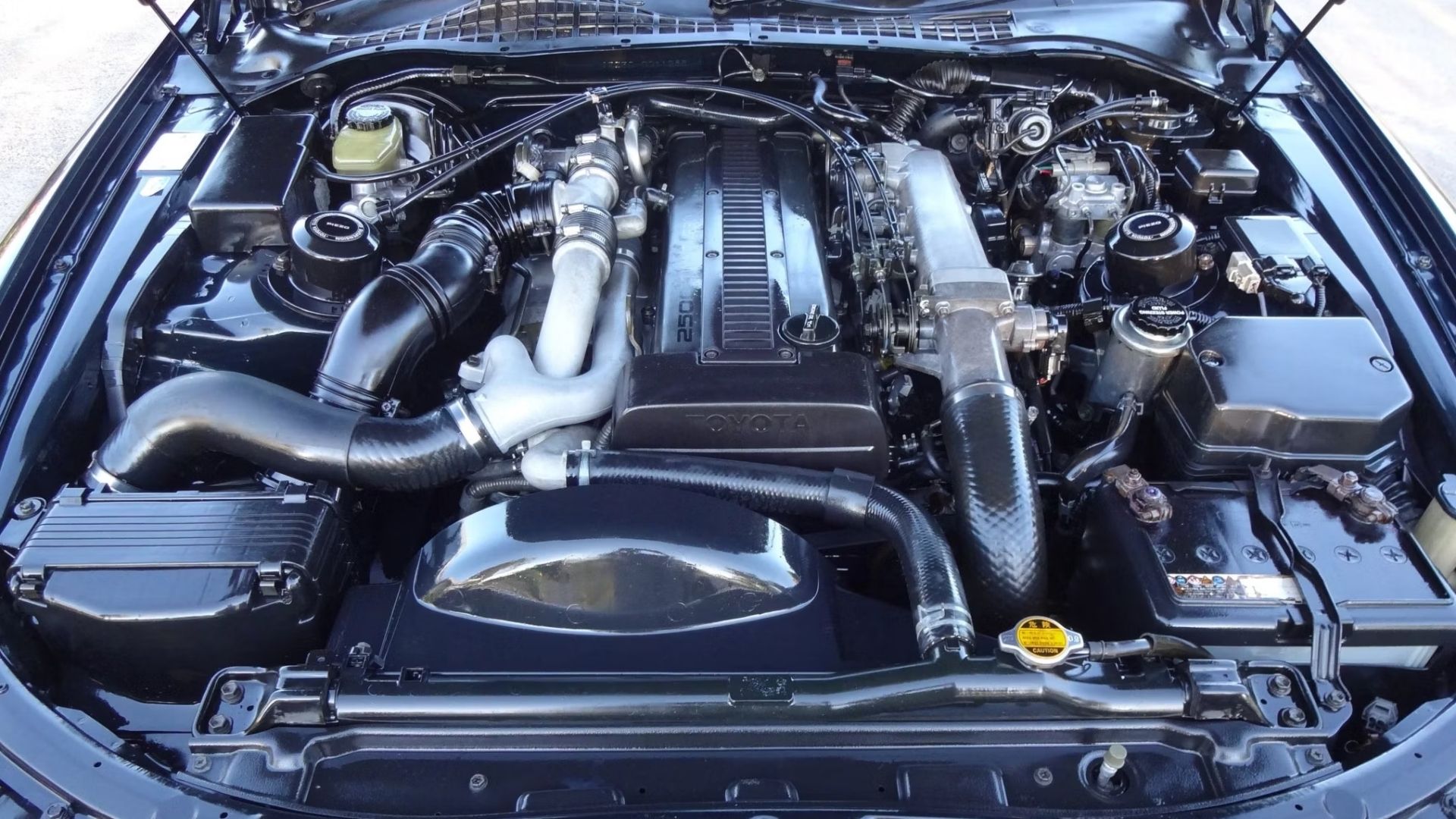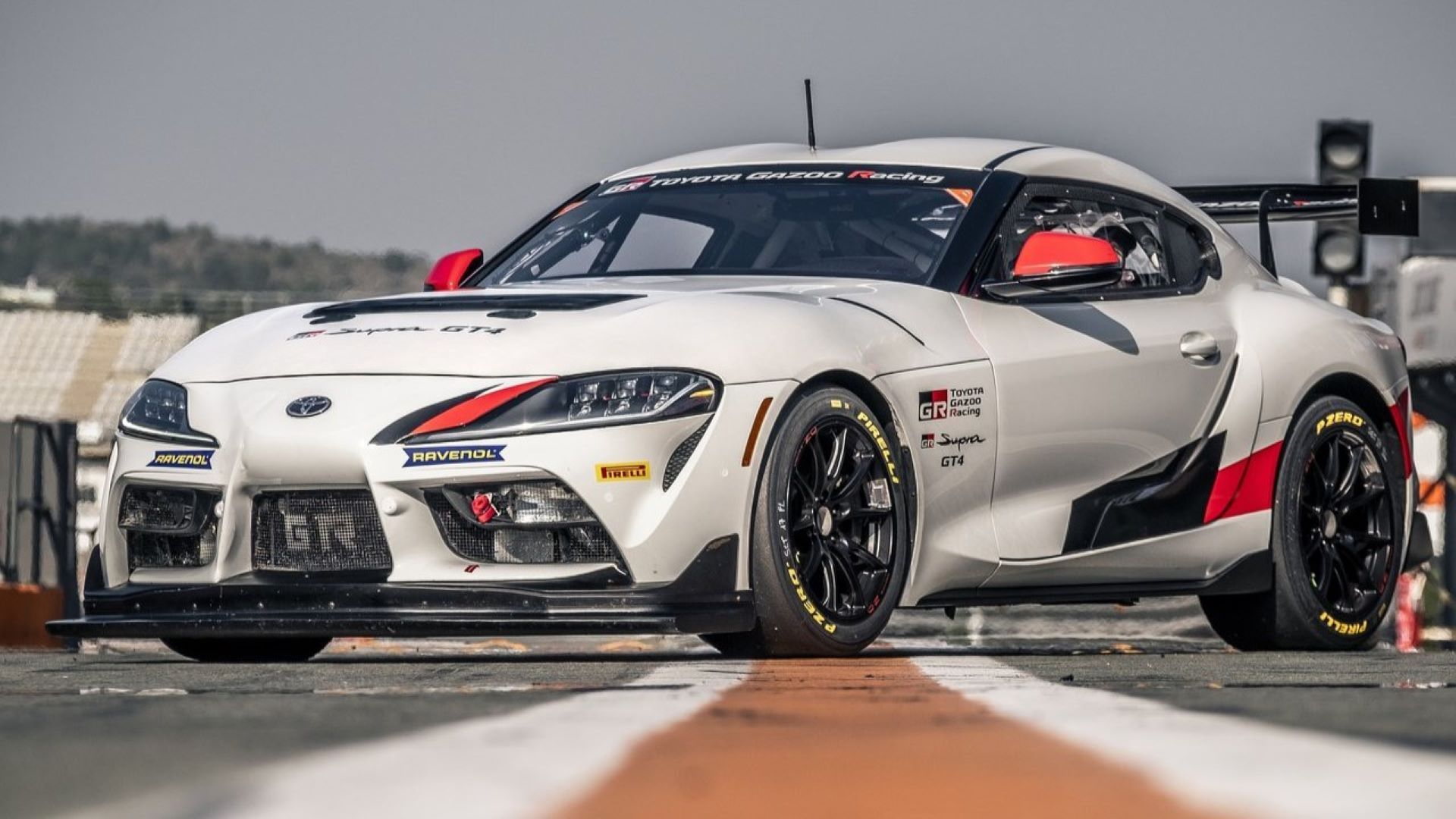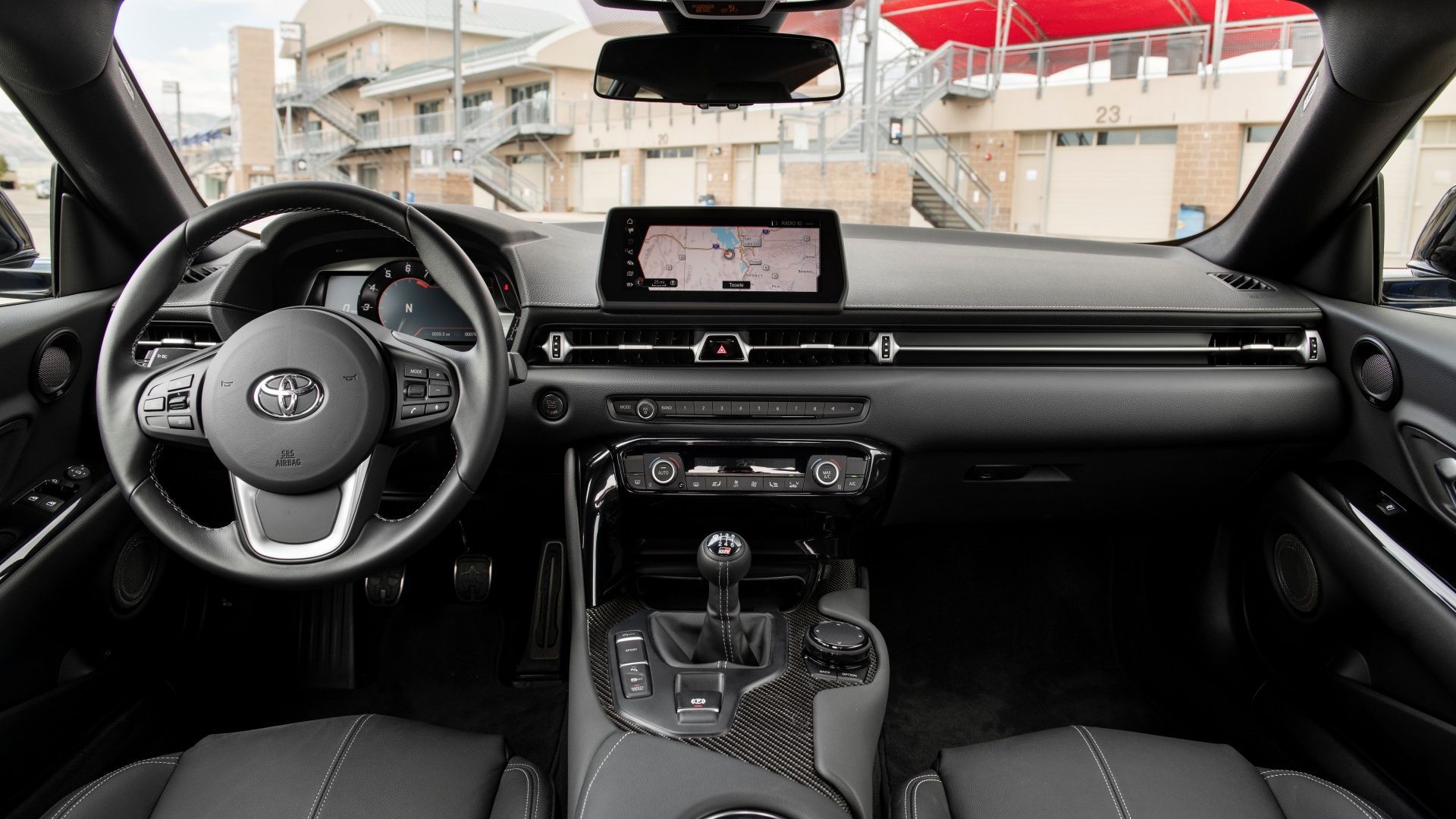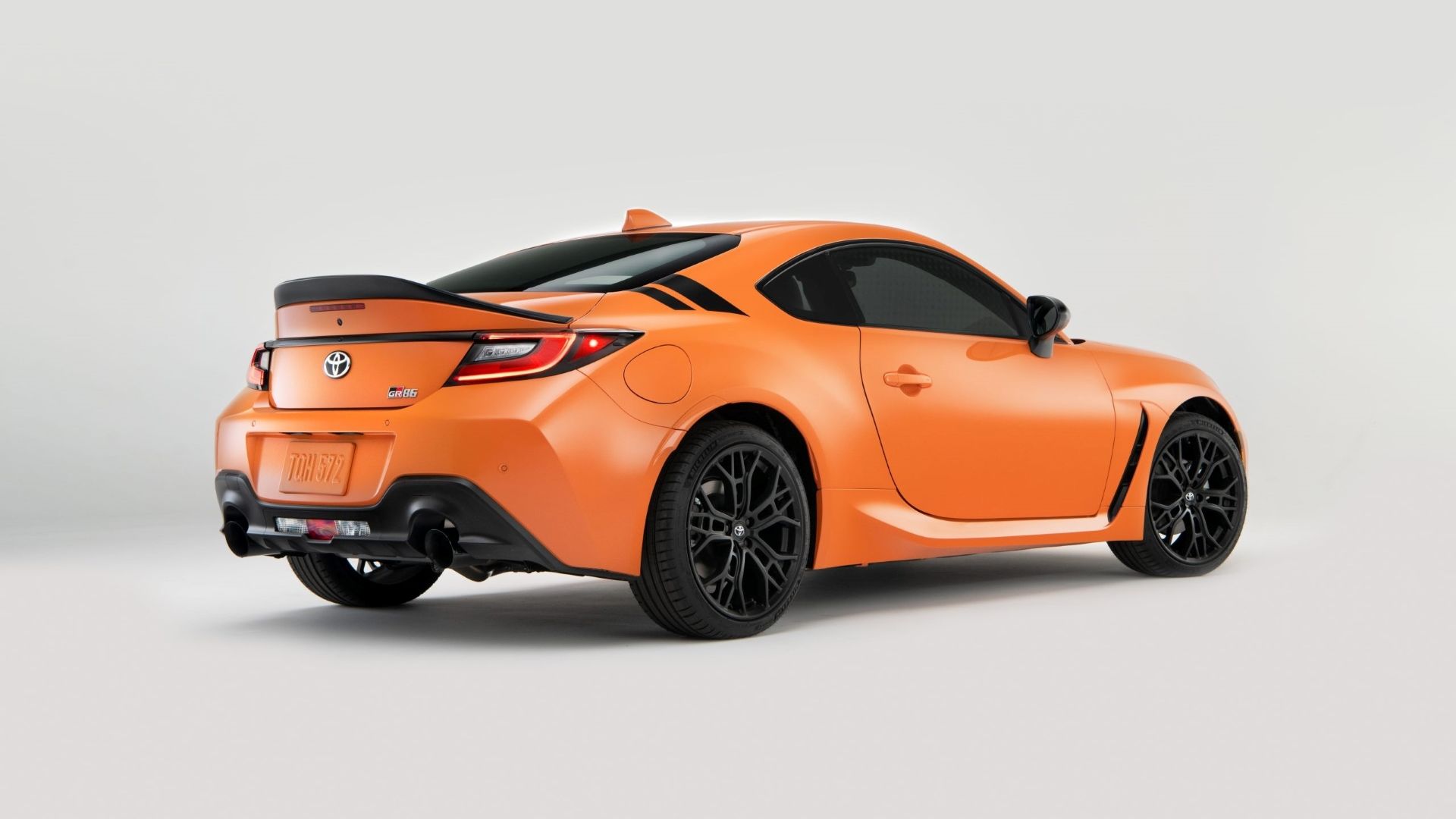All four models have some benefits of their own, but let’s find out which one offers the better combination of space, practicality and comfort to its passengers
![Hyundai Verna, Honda City, Volkswagen Virtus & Skoda Slavia Hyundai Verna, Honda City, Volkswagen Virtus & Skoda Slavia]()
Hyundai launched the sixth-generation Verna earlier this year and with the launch of the new Verna, we thought we should compare it to all its key rivals: the Honda City, Volkswagen Virtus and Skoda Slavia.
While ZigWheels, our partner website, has done a ride and handling comparison of these four sedans, we have taken the approach of comparing the space, comfort and practicality that each of these models offer. To know which one gets the heart racing the most, check out the story on ZigWheels.
Looks
![Volkswagen Virtus Volkswagen Virtus]()
When it comes to looks and road presence, all models have a defining style of their own. The Virtus brings a sporty look to the segment with its sleek and timeless design. The sleek headlights and the thin grille complimented by the muscular rear give the Virtus an eye-catching road presence.
![Skoda Slavia Skoda Slavia]()
The Slavia, though a platform twin to the Virtus, has a completely different appeal. With the signature Skoda grille and bonnet design, the Slavia has a more upright and rugged road presence than the others.
![Hyundai Verna Hyundai Verna]()
The Verna’s design language is an acquired taste, due to the new fascia, especially the spanning LED DRLs, which might be something you don’t agree with but it will surely grow on you. That said, the sleek cuts on its side and the rear profile look great and the Hyundai sedan gets an overall sporty road presence like the Virtus.
![Honda City Honda City]()
Lastly, the Honda City with its slightly tweaked design comes with a much simpler overall look. It’s not too sporty nor too elegant but sits somewhere in between, and manages to show a more premium overall road presence.
Dimension-wise, the Hyundai Verna is not the biggest in the segment but it is the widest, has the longest wheelbase and is bigger in all dimensions than its previous generation. Overall, though, the Honda City is the longest of all and Virtus and Slavia hold the mantle for height.
Interiors
![Hyundai Verna Front Seats Hyundai Verna Front Seats]()
Hyundai Verna: The new-gen Verna offers a low height for the driver seat, for a sporty driving position. These seats are long, comfortable but a bit narrow which will be felt by drivers with a larger frame. And to top it all off, the Verna is the only one in this segment which offers a power-adjustable driver seat (slide and recline), which adds to its convenience.
The cabin gives a sporty feel with average quality plastics and a minimalistic design. But even with the low driving position, you will get good visibility while driving.
![Honda City Front Seats Honda City Front Seats]()
Honda City: The City offers a higher driving position than the Verna, and it is easier to find your perfect driving position due to a longer range for adjustment. The seats here are the most comfortable, softest and the widest of all four, but are not as supportive as the Verna.
When it comes to the feel of the cabin, the City sets a benchmark. It offers premium quality plastics, high quality materials, an airy cabin and an overall elegant feel. And since the seats are positioned a little higher than the Verna, it also offers better visibility.
![Volkswagen Virtus Front Seats Volkswagen Virtus Front Seats]()
Volkswagen Virtus: While the Virtus has a sporty cabin feel, it is not as sporty as the Verna. You get a low driving position similar to the Verna and it’s easy to find your preferred driving position. With the Virtus, you get firm cushioning for the front seats which is better for long drives, these seats are the most comfortable of all but are a little narrow.
The cabin feels simple and driver-focused but the quality of plastics and materials used in the Virtus are not as good as on the Verna or City. And due to the higher position of the dashboard and the low position of the seating, the visibility is not as good as the Verna or the City either.
![Skoda Slavia Front Seats Skoda Slavia Front Seats]()
Skoda Slavia: The Slavia gets the same seat position and comfort as the Virtus and the visibility is similar to the Volkswagen sedan as well. Here, unlike the Virtus, you get a more sophisticated cabin with light upholstery which makes it a little more airy.
But while the quality of materials is the same as the Virtus, some elements like the rattling bronze element on the dashboard and on the AC vents make the Slavia feel a little behind compared to the rest of the models in this comparison.
Features
Common Features: All four compact sedans are equipped with features like tilt and telescopic steering adjustment, leatherette upholstery, digital driver’s display, sunroof, automatic climate control and a touchscreen infotainment system with Android Auto and Apple CarPlay. These features go on to prove that compact sedans are not just spacious cars as they used to be, but they are now also well-equipped with features and even give strong competition to the compact SUV segment.
![Hyundai Verna Cabin Hyundai Verna Cabin]()
Hyundai Verna: In a segment first, you get switchable controls for the climate control and infotainment which are easy and intuitive to use. Also, they remove a clutter of buttons to make the layout look simpler, but we still prefer having separate controls for audio — which are now a dying breed.
![Hyundai Verna Powered Driver Seat With Manual Height Adjust Hyundai Verna Powered Driver Seat With Manual Height Adjust]()
Other features include other segment firsts like powered driver seat, hinglish voice commands, heated and ventilated seats and ambient lighting for both the dashboard and doors. But the Hyundai sedan gets some silly misses as well. It gets powered driver seats but height adjustment is still manual, the top-spec variants with the bigger 10.25-inch display do not get wireless Android Auto and Apple CarPlay (which is there on the lower variants), and there are not many customisation options for the digital driver’s display.
With all of these features, the Verna has the most balanced feature ist in the segment.
![Honda City Cabin Honda City Cabin]()
Honda City: The Honda City gets a lot of features from the base variant like an 8-inch touchscreen information display with Android Auto and Apple CarPlay, steering-mounted controls, steering adjustment, automatic climate control, driver seat height adjustment and a tyre pressure monitoring system (TPMS). These features might not be on par with the other models but are enough to give the Honda City a premium cabin feel.
![Honda City Wireless Phone Charger & Cupholders Honda City Wireless Phone Charger & Cupholders]()
Honda also offers ADAS features from the second-to-base variants, it gets a partially digital driver’s display with a good execution and all windows get one touch up and down function for ease of use. The City misses out on USB ports for the rear seat passengers and instead, you get two 12V charging ports which is something that takes you back a couple of years, it does not get ventilated seats and the placement of the wireless phone charger is not well thought out in the non-hybrid variants, so you can either use the wireless charger or the cupholders, not both at the same time.
The Honda City, while not as well equipped as the other models in the segment, takes a step ahead of its competitors in terms of safety.
Skoda Slavia/ Volkswagen Virtus: Both these sedans get a similar feature list. They come with a big digital driver’s display with loads of customisation options that allow you to see a lot of information in one place. They both have seat height adjustment for both the driver and front passenger and 60:40 folding rear seats which are not offered on the other models in the segment. Also, there is a good spring action for their boot for ease of use and this boot opens up automatically if you accidentally leave the keys inside while placing luggage.
![Skoda Slavia Rear Drum Brakes Skoda Slavia Rear Drum Brakes]()
While all these features are very good, there are some that are not: the video quality on the rear parking camera is subpar on both that should have been better for the price of the car, and with a powerful 1.5-litre turbo-petrol engine, rear disc brakes could have been a nice addition.
Both the Vitrus and Slavia get a good set of features. While there are some that could have been implemented in a better way, the overall feature-rich cabin makes up for the misses. Even in terms of safety, both models do not offer ADAS features, but their 5-star Global NCAP ratings make them the safety offerings in the segment.
Rear Seats
Moving on from the front seats, let’s see what these sedans offer for the rear seats passengers and find out which one offers the most space for three passengers in the back.
![Hyundai Verna Rear Seats Hyundai Verna Rear Seats]()
Hyundai Verna: The Verna has the most comfortable rear seat in the segment. The backrest is at a good angle but you don’t get a head rest for the middle passenger. In the Verna, you get good headroom, kneeroom, footroom and underthigh support for three passengers, and adults up to six feet tall will sit easily.
![Honda City Rear Seats Honda City Rear Seats]()
Honda City: The City’s rear seats are less comfortable than the Verna. Here, you get flat seats, which are good as you can stretch, but you end up sitting more upright which is less comfortable for long journeys. The City offers good space for three passengers, while there is less headroom, knee room and underthigh support than the Verna. But it does offer good footroom and shoulder room, so you don’t feel cramped.
Volkswagen Virtus/ Skoda Slavia: Here you get supportive seats that are at an upright angle. The Virtus offers a headrest of the middle passenger but the rear seats and the headrests protrude outwards a little. For three passengers, it offers good knee room, foot room and good underthigh support, but its headroom and shoulder room is less than that of the Verna.
Boot Space
When talking about space, how can we not mention boot space? All these sedans come with enough boot space to carry your luggage for a long trip. But the question is, which one is most practical.
|
Boot Space
|
|
Hyundai Verna
|
Volkswagen Virtus/ Skoda Slavia
|
Honda City
|
|
528 litres
|
521 litres
|
506 litres
|
![Hyundai Verna Boot Space Hyundai Verna Boot Space]()
On paper, the Verna has the biggest boot space of all. But when it comes to stuffing your luggage, you’ll notice the subwoofer on the roof of the boot does not allow you to stack two hard bags. But since it is a lot deeper than the others, there is still a lot of space left in front even after stuffing five bags.
The Virtus and Slavia have the same boot space which is not much smaller than that of the Verna. But their roof is free of any obstruction so it becomes easier to place your luggage.
![Honda City Boot Space Honda City Boot Space]()
Lastly we have the City, which on paper has the least boot space here, but it is still enough to keep five bags easily and there is still some space left in the front and sides.
Practicality
All these models offer similar cabin storage in terms of practicality. You get bottle holders on all doors and cupholders in the centre console. There are centre armrests in all which make the drive comfortable. There is space under the front armrest and glove compartments are spacier enough for documents and other knick-knacks.
![Honda City Front Seat Back Pocket Honda City Front Seat Back Pocket]()
But there are some features unique to each model. While the City does not get USB charging ports in the back, the pockets behind the front seats have small dedicated places for your phone and documents. The Slavia also has a dedicated pocket to keep your phone, and the Verna has a popout cup holder in the centre console.
Price and Verdict
![Hyundai Verna, Honda City, Volkswagen Virtus & Skoda Slavia Hyundai Verna, Honda City, Volkswagen Virtus & Skoda Slavia]()
|
Price
|
|
Hyundai Verna
|
Honda City
|
Volkswagen Virtus
|
Skoda Slavia
|
|
Rs 10.90 lakh to Rs 17.38 lakh
|
Rs 11.49 lakh to Rs 15.97 lakh
|
Rs 11.48 lakh to Rs 18.57 lakh
|
Rs 11.39 lakh to Rs 18.68 lakh
|
* All prices ex-showroom Delhi
As you can see from the table, the Verna is the most affordable. But these prices are introductory and will be increased in the coming months. However, for these prices, you are getting the most comfortable cabin and a good overall driving experience. The Honda City offers a much simpler experience but gets an airy cabin and the best quality materials, making it the safer choice and the Virtus-Slavia duo give you a choice of either a sporty (Virtus) or an butch (Slavia) experience.
Also Read: Hyundai Verna Turbo-petrol DCT Fuel Efficiency: Real vs Claimed
So which one is the best? Well that’s not for us to decide. Based on this space and practicality comparison, let us know which one you would prefer and why, in the comments below.
Read More on : Hyundai Verna on road price

